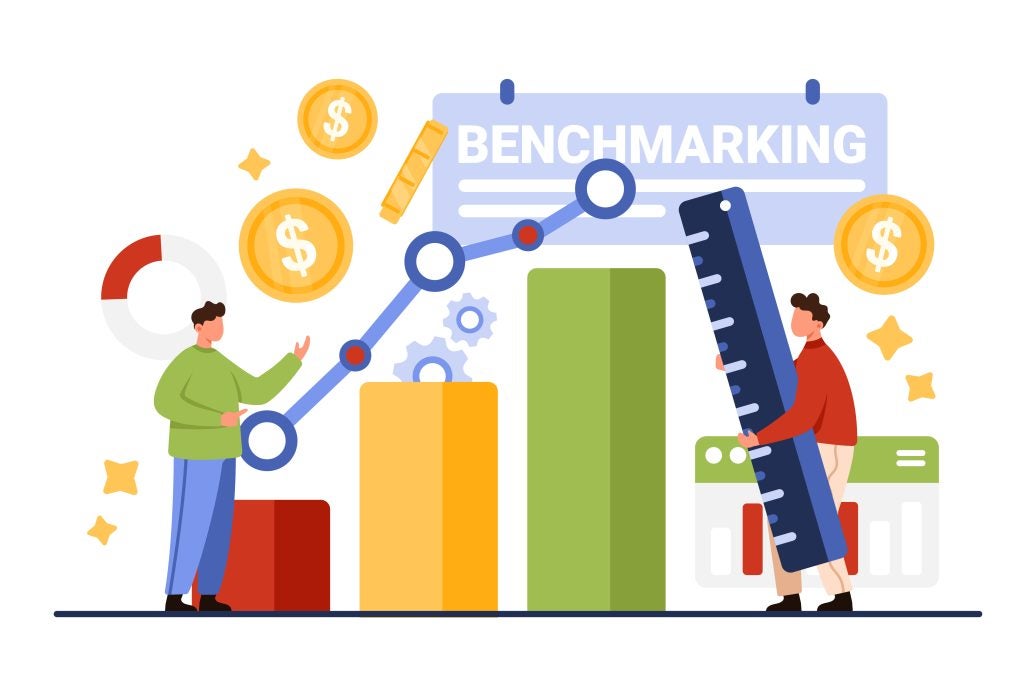
The Employment Cost Index (ECI), released quarterly by the U.S. Labor Department, provides a key insight into the cost of keeping an employee on board, encompassing wages, salaries, and benefits such as health insurance, paid time off, retirement benefits, and other perks that make up the total compensation package.
The latest report for Q3 shows employment costs rising by 0.8%, indicating steady growth in what employers are spending on their workforce.
It’s important to remember that this index is more than just a reflection of wages. It serves as a vital measure of the broader economic landscape, highlighting trends in wage growth, benefits, and overall labor costs.
Recent data has shown that wage growth is slowing, yet incomes are still rising at a reasonable pace. This balancing act between moderated wage growth and rising incomes has implications for both employees and employers in navigating the economic road ahead.
Wage Growth and Productivity: A Positive Outlook
Despite the recent slowdown in wage growth, wages have continued to outpace inflation, with average hourly earnings increasing faster than the Consumer Price Index (CPI) for several consecutive months. This trend is a promising sign for workers, suggesting they have increased purchasing power, which, in turn, benefits the overall economy.
In addition, the labor market is being bolstered by unusually strong productivity growth over the last year and a half.
According to Peter Orazem, an economics professor at Iowa State University, increased productivity means that businesses are producing more with the same inputs. This increased efficiency allows companies to maintain profitability while offering competitive wages without passing higher costs onto consumers.
The Wildcard
Despite the good news contained in the most recent report, however, there is cause for concern. The new administration taking power early next year (2025) has promised sweeping changes, including steep tariffs and mass deportations, both of which could radically alter the economic outlook, in spite of the relatively rosy picture pained by the Employment Cost Index.
What This Means for the Economic Future
The combination of wage growth outpacing inflation and rising productivity provides a positive outlook for the economic road ahead. Higher wages improve worker morale and spending power, while increased productivity helps keep inflation in check by mitigating rising labor costs. The ECI’s steady growth underscores that employers continue to invest in their workforce, which is a sign of stability even in uncertain times.
Looking forward, if productivity growth remains strong, the economy is likely to see sustained improvements in living standards without triggering runaway inflation.
It is important to remember, however, that no single indicator can tell the whole story and there are changes brewing that could spell economic hardship, or at the very least, blunt the good news this indicator highlights.
All that to say, now is the time for cautious optimism, but with one hand on the gear shifter, and if the business climate begins to change in early 2025, the nimblest companies that respond the quickest will be in the superior position.
Keep your employees close. Keep them happy and productive with the occasional gift, courtesy of your reward and recognition program, and if you’re short on ideas, you may want to consider something from our extensive line of personalized gifts.
Most important of all though, keep an eye on the future.

